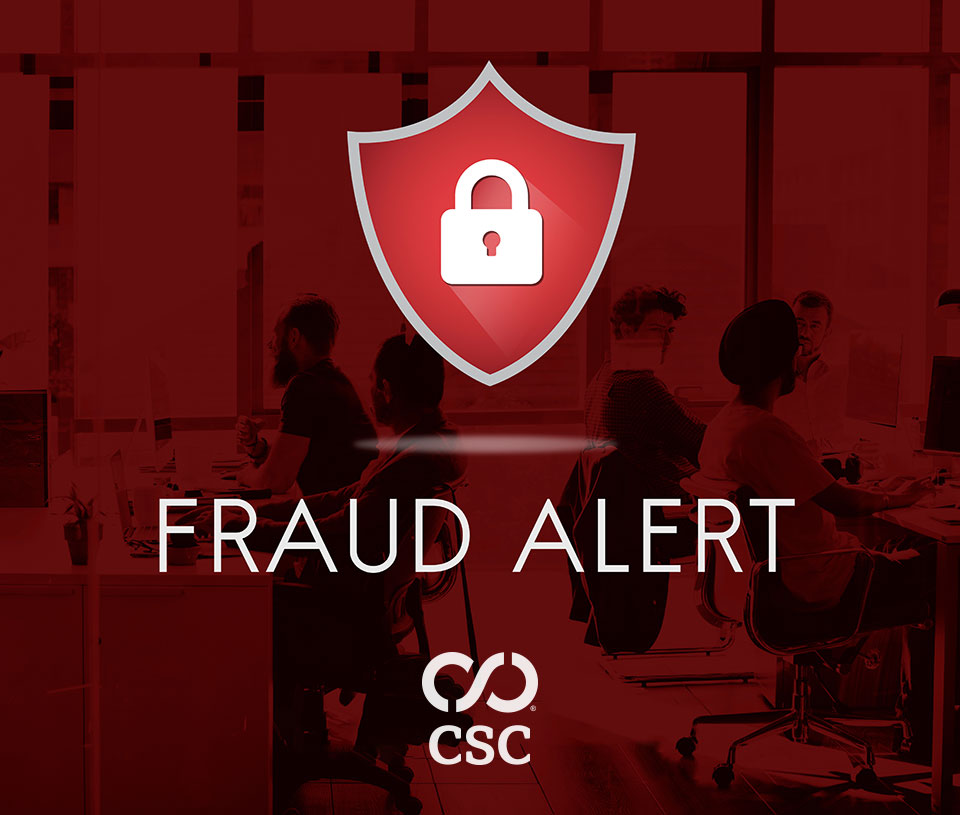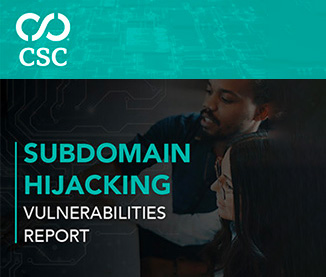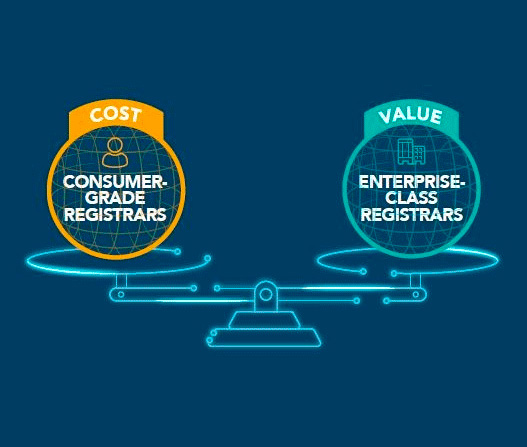
Brand Protection |
Sponsored by |

|




 When ICANN implemented the Uniform Domain Name Dispute Resolution Policy (UDRP) in 1999, the number of registered domain names were in the low eight digits. Registered domain names passed the first million in 1997. Today, they are in the first third of nine digits, and continuing to grow. In its newly released publication gTLD Marketplace Health Index (Beta) (July 21, 2016) ICANN offers through a couple dozen metrics a picture of the multiple parts that corporately go into making a healthy marketplace. It's "Beta" because the Health Index is a work in progress. more
When ICANN implemented the Uniform Domain Name Dispute Resolution Policy (UDRP) in 1999, the number of registered domain names were in the low eight digits. Registered domain names passed the first million in 1997. Today, they are in the first third of nine digits, and continuing to grow. In its newly released publication gTLD Marketplace Health Index (Beta) (July 21, 2016) ICANN offers through a couple dozen metrics a picture of the multiple parts that corporately go into making a healthy marketplace. It's "Beta" because the Health Index is a work in progress. more
 The legal issues surrounding the sudden success of "Pokemon Go" -- one of the world's fastest-growing apps or games -- are popping up as quickly as unhatched Eggs at a PokéStop. Within days of the game's release, the National Safety Council issued a call that "urges pedestrians to exercise caution while playing the Pokémon Go augmented reality game" and "implores drivers to refrain from playing the game behind the wheel." more
The legal issues surrounding the sudden success of "Pokemon Go" -- one of the world's fastest-growing apps or games -- are popping up as quickly as unhatched Eggs at a PokéStop. Within days of the game's release, the National Safety Council issued a call that "urges pedestrians to exercise caution while playing the Pokémon Go augmented reality game" and "implores drivers to refrain from playing the game behind the wheel." more
 The paragraph 4(c)(iii) safe harbors of the Uniform Domain Name Dispute Resolution Policy are construed from a five word phrase, "legitimate noncommercial or fair use." "Noncommercial" like "identical" in paragraph 4(a)(i) has a defined meaning; it does not include domain names inactively held (for any alleged purpose), although non-use is not necessarily fatal to rights or legitimate interests. "Fair use" has a larger canvass; it includes nominative (commercial) use that is fair and Constitutionally protected speech. more
The paragraph 4(c)(iii) safe harbors of the Uniform Domain Name Dispute Resolution Policy are construed from a five word phrase, "legitimate noncommercial or fair use." "Noncommercial" like "identical" in paragraph 4(a)(i) has a defined meaning; it does not include domain names inactively held (for any alleged purpose), although non-use is not necessarily fatal to rights or legitimate interests. "Fair use" has a larger canvass; it includes nominative (commercial) use that is fair and Constitutionally protected speech. more
 The so-called notice-and-take-down provisions of the Digital Millennium Copyright Act (DMCA) provide both a very effective tool for copyright owners to get infringing content removed from the Internet as well as an important protection for service providers (such as website hosting companies) that may inadvertently publish infringing material, either directly or via user-generated content. more
The so-called notice-and-take-down provisions of the Digital Millennium Copyright Act (DMCA) provide both a very effective tool for copyright owners to get infringing content removed from the Internet as well as an important protection for service providers (such as website hosting companies) that may inadvertently publish infringing material, either directly or via user-generated content. more
 Confusion is a basic element in both cybersquatting and trademark infringement. It appears twice in the UDRP; once in paragraph 4(a)(i) in the adjectival phrase "confusing similarity", and once in paragraph 4(b)(iv) in the phrase "likelihood of confusion." Each use of the distinctive phrases is directed to a different observer. More of this in a moment. The first relates to standing; the second to infringement. Unless a party has standing it can have no actionable claim. more
Confusion is a basic element in both cybersquatting and trademark infringement. It appears twice in the UDRP; once in paragraph 4(a)(i) in the adjectival phrase "confusing similarity", and once in paragraph 4(b)(iv) in the phrase "likelihood of confusion." Each use of the distinctive phrases is directed to a different observer. More of this in a moment. The first relates to standing; the second to infringement. Unless a party has standing it can have no actionable claim. more
 Unlike trademark applications which go through a lengthy examination process before advancing to registration, anyone (anywhere in the world) can register a domain name identical or confusingly similar to a trademark - instantly and no questions asked, at least, in the traditional space (the legacy gTLDs)! With the new gTLDs registrants will receive notice of possible infringement if the brands are registered with the Trademark Mark Clearing House, but notices do not function as injunctions to block registrants from registering infringing names. more
Unlike trademark applications which go through a lengthy examination process before advancing to registration, anyone (anywhere in the world) can register a domain name identical or confusingly similar to a trademark - instantly and no questions asked, at least, in the traditional space (the legacy gTLDs)! With the new gTLDs registrants will receive notice of possible infringement if the brands are registered with the Trademark Mark Clearing House, but notices do not function as injunctions to block registrants from registering infringing names. more
 Internet Archive contains a vast library of screenshots of websites that its Wayback Machine captures sporadically over the course of domain names' histories. While it doesn't compile daily images it opens a sufficient window to past use which is unique, invaluable, and free. (There are also subscription services, but they come at a hefty cost!). How it's used (and why the Wayback Machine should be in a party's toolkit) for supporting and opposing claims of cybersquatting is illuminated in a number of recent UDRP cases. more
Internet Archive contains a vast library of screenshots of websites that its Wayback Machine captures sporadically over the course of domain names' histories. While it doesn't compile daily images it opens a sufficient window to past use which is unique, invaluable, and free. (There are also subscription services, but they come at a hefty cost!). How it's used (and why the Wayback Machine should be in a party's toolkit) for supporting and opposing claims of cybersquatting is illuminated in a number of recent UDRP cases. more
 It was standing-room-only at the Congressional Trademark Caucus session in the Rayburn House Office Building in Washington, D.C. on Wednesday, April 6. The topic, brand protection in the new top level internet domain names, is still, it seems, a draw. With nearly two years' experience and statistical evidence of far fewer problems at far lower costs to brand owners than opponents of the program said would occur, it might be expected that the tone would cool. But the price of peace, I guess, remains eternal vigilance. more
It was standing-room-only at the Congressional Trademark Caucus session in the Rayburn House Office Building in Washington, D.C. on Wednesday, April 6. The topic, brand protection in the new top level internet domain names, is still, it seems, a draw. With nearly two years' experience and statistical evidence of far fewer problems at far lower costs to brand owners than opponents of the program said would occur, it might be expected that the tone would cool. But the price of peace, I guess, remains eternal vigilance. more
 As a longtime member of ICANN's Intellectual Property Constituency (IPC), I'm impressed by the important work that this group does on behalf of trademark owners worldwide (as I've written before). While some die-hard IPC members spend countless (and, often, thankless) hours working virtually and in-person (at ICANN's global meetings) for the constituency, I find it very educational and worthwhile to participate on an ad-hoc basis. more
As a longtime member of ICANN's Intellectual Property Constituency (IPC), I'm impressed by the important work that this group does on behalf of trademark owners worldwide (as I've written before). While some die-hard IPC members spend countless (and, often, thankless) hours working virtually and in-person (at ICANN's global meetings) for the constituency, I find it very educational and worthwhile to participate on an ad-hoc basis. more
 On March 9th, 2016, during its final open meeting at ICANN 55 in Marrakech, Morocco, the Generic Names Supporting Organization (GNSO) Council approved a motion that I proposed to adopt the Charter of the Policy Development Process (PDP) to Review all Rights Protections Mechanisms (RPMs) in all Generic Top-Level Domains. I serve on the Council as one of the two representatives of ICANN's Business Constituency, and my fellow Councilors have designated me to serve as the GNSO's Liaison to the Working Group (WG), and as its Interim Chair. more
On March 9th, 2016, during its final open meeting at ICANN 55 in Marrakech, Morocco, the Generic Names Supporting Organization (GNSO) Council approved a motion that I proposed to adopt the Charter of the Policy Development Process (PDP) to Review all Rights Protections Mechanisms (RPMs) in all Generic Top-Level Domains. I serve on the Council as one of the two representatives of ICANN's Business Constituency, and my fellow Councilors have designated me to serve as the GNSO's Liaison to the Working Group (WG), and as its Interim Chair. more